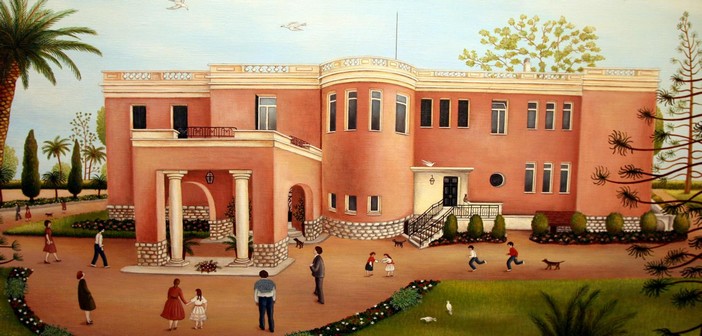In the aftermath of the Second World War, Brazilian Naïve Art was born from the need for escape among hardworking men and women (farmers, mechanics, or cooks) lacking creativity.
Due to its “magical” qualities derived from the Candomblé Voodoo as well as its artistic merits, it then sparked the interest of intellectuals like Lévi-Strauss and surrealist painters who were intrigued by the authenticity of this expression.
Since then, this art, full of rhythm and colors, has never ceased to demonstrate its ingenuousness, becoming an essential component of Brazil’s pictorial language.
For the third time this year, I visited my beloved museum, the Museum of Naïve Art (Anatole Jakovsky). This Saturday, it was in response to a new invitation from the association Brasilazur, which is decidedly very active on the cultural scene this June.
We were invited to “Brazilian Fantasies,” the title given to a large exhibition of selected Brazilian naïve painters by São Paulo gallery owner Jacques Ardies, who on this occasion gave a lecture on artists from his adopted country (he is French).
From this, I took away a beautiful green-and-gold paradox. While in France, naïve painters tend to come from modest social backgrounds (like Le Douanier!) or even disadvantaged ones (carceral or psychiatric environments), in the land of bossa nova they are often intellectuals or artists from other disciplines. The French naïve artist emerges from innocence, whereas the Brazilian one must reclaim it. This results in paintings indeed influenced by popular culture, but less raw (in the sense of outsider art) than those of their French counterparts.
That said, with 40 artists and around 70 works, the exhibition is captivating with very diverse paintings, sometimes touching, always very human. A journey that allowed me to “naively” rediscover Rio, Sao Paulo, and Minas Gerais—three destinations we connected nearly 20 years ago by road, with an old rental Golf: beautiful memories, a beautiful exhibition. Not to be missed.
by Patrick Mottard


